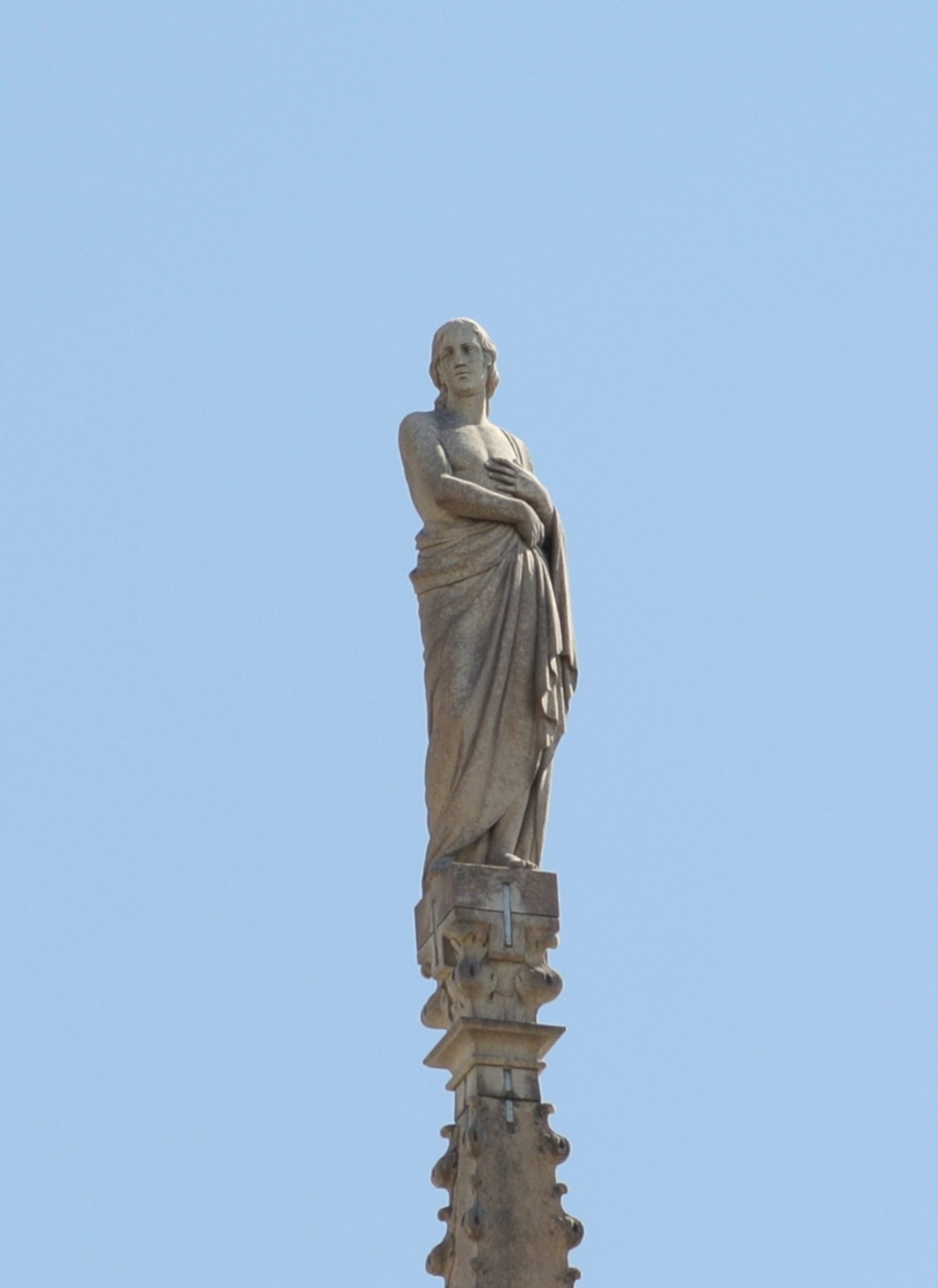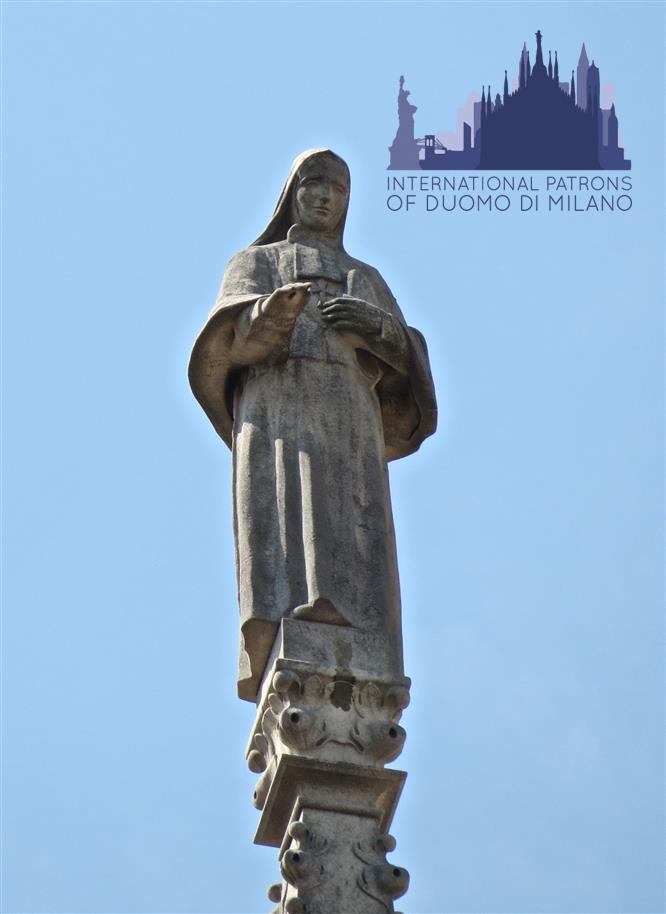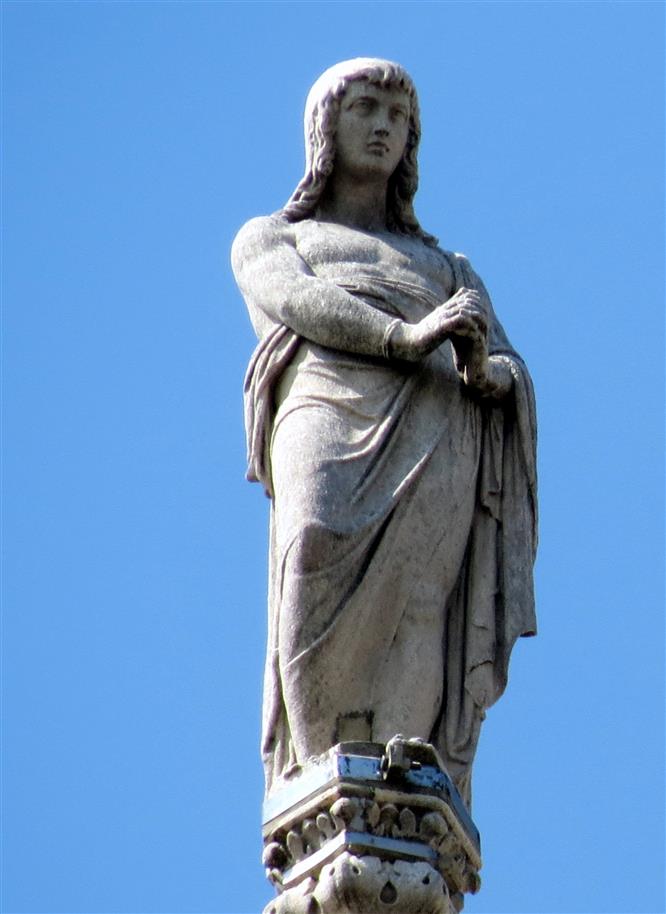First bishop of Zamora (Spain), Attiliano was a friend of Froilano of León. The two lived as hermits until they founded several monasteries in the León region of Castile, probably Benedictine. The work of Attilano and Froilano was to bring the word of Christ back to the previously Islamicized territories. In a late legend after 1132, it is also said that Attilano, after ten years of episcopate, decided to make a pilgrimage to Jerusalem and on leaving the city threw the pastoral ring into the Dero river. Two years later, upon his return, he stayed in a cabin outside the city without being recognized; When he opened a fish that his innkeeper had placed before him, he found the ring inside. Legend says that his rags were transformed into rich pontifical robes and the bells rang in celebration. The saint’s body was found in 1260 in the Cathedral of Zamora, where it is still found today under the high altar together with the ring and pilgrim’s staff, with the exception of the head which was taken to the Cathedral of Toledo.
Tales of the statue in Dome’s building site:
Saint Attilano of Spire G78 is represented as a young beardless boy, wrapped only in a short tunic that leaves his legs exposed. The young man’s body is turned slightly to the left, while he looks down as if to meet the gaze of passers-by. However, some recent studies conducted on the work have found an engraving at its base, which bears the name “S. Gratiniano”. Investigations were therefore started on the identification of the statue, which is currently still underway.
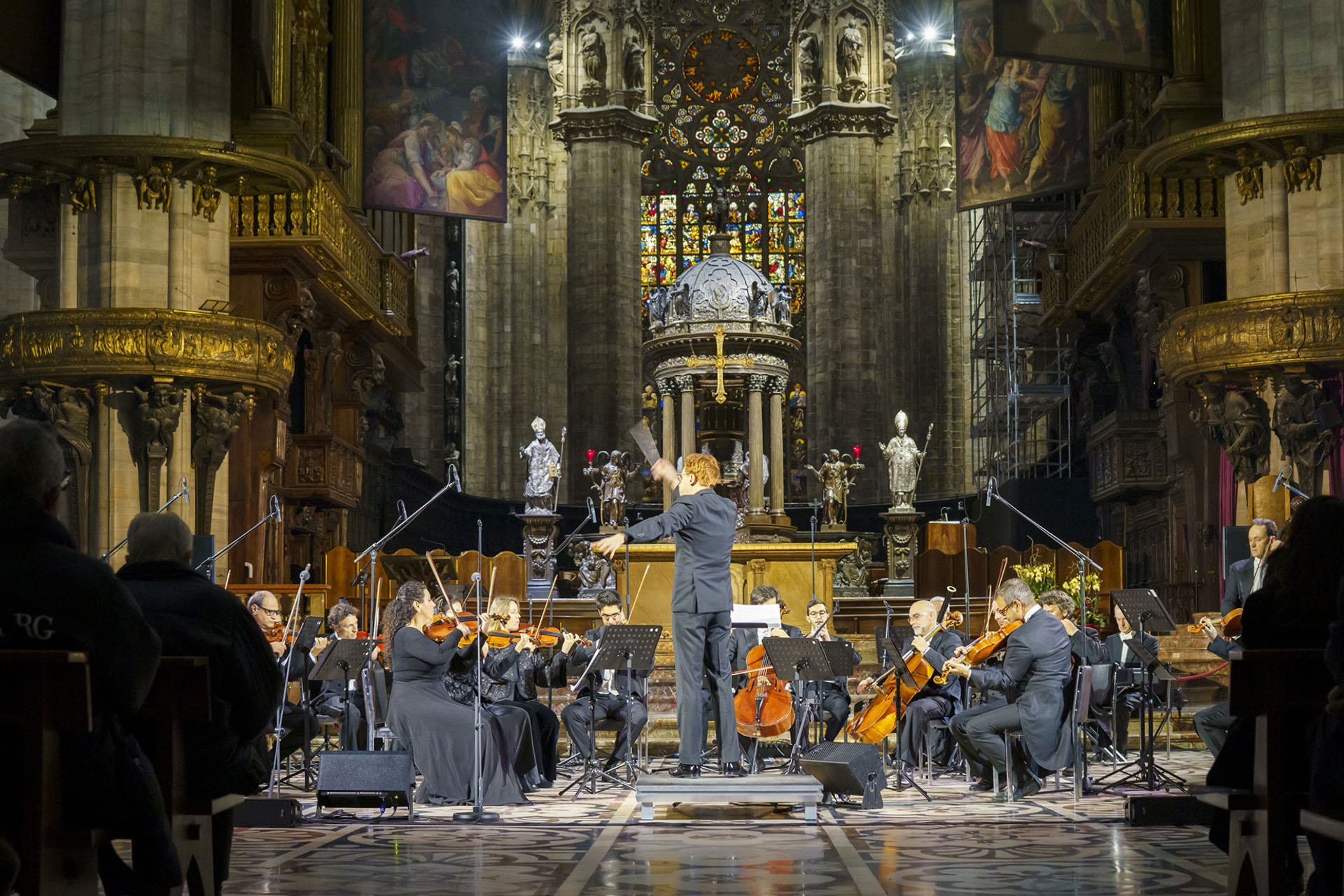
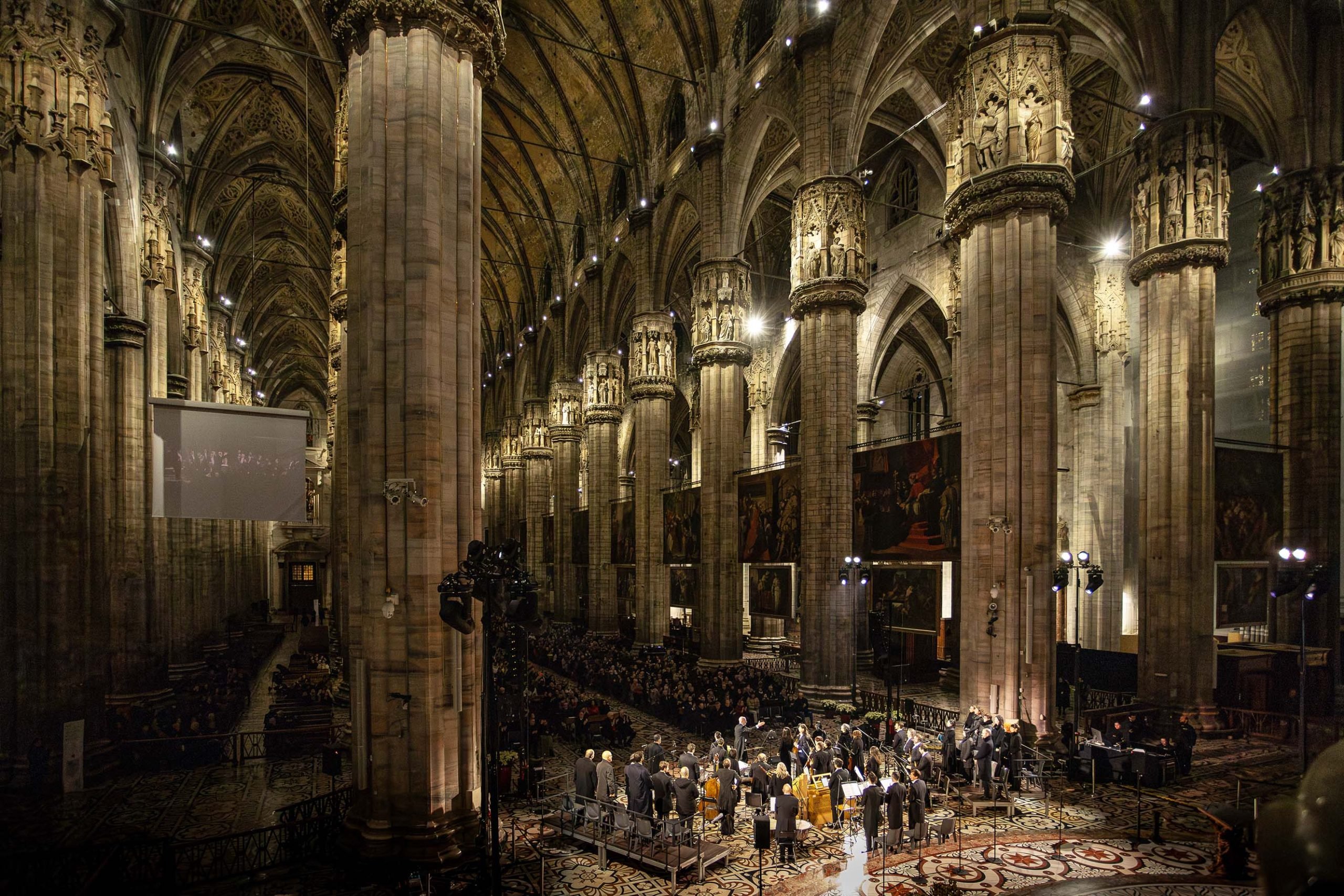
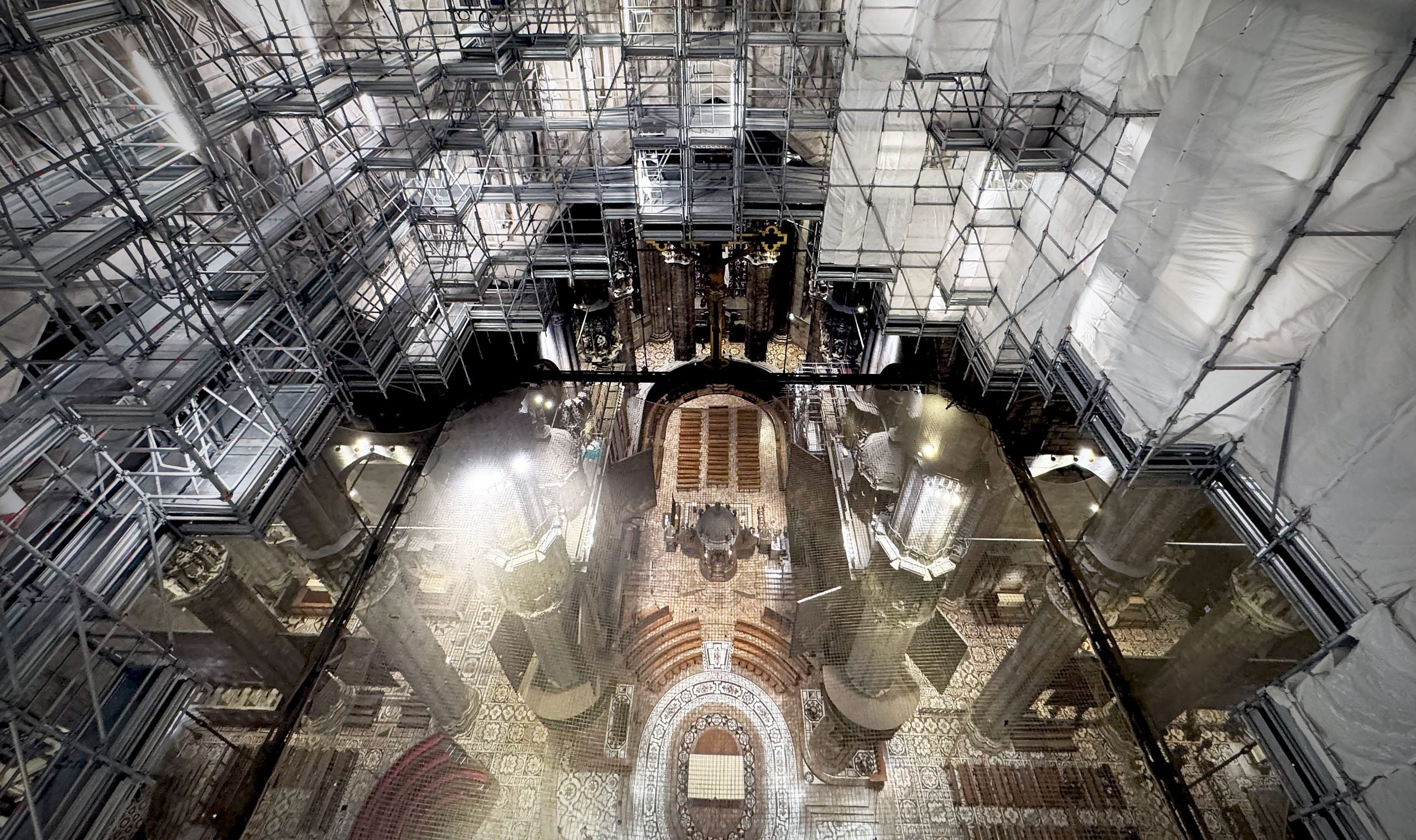
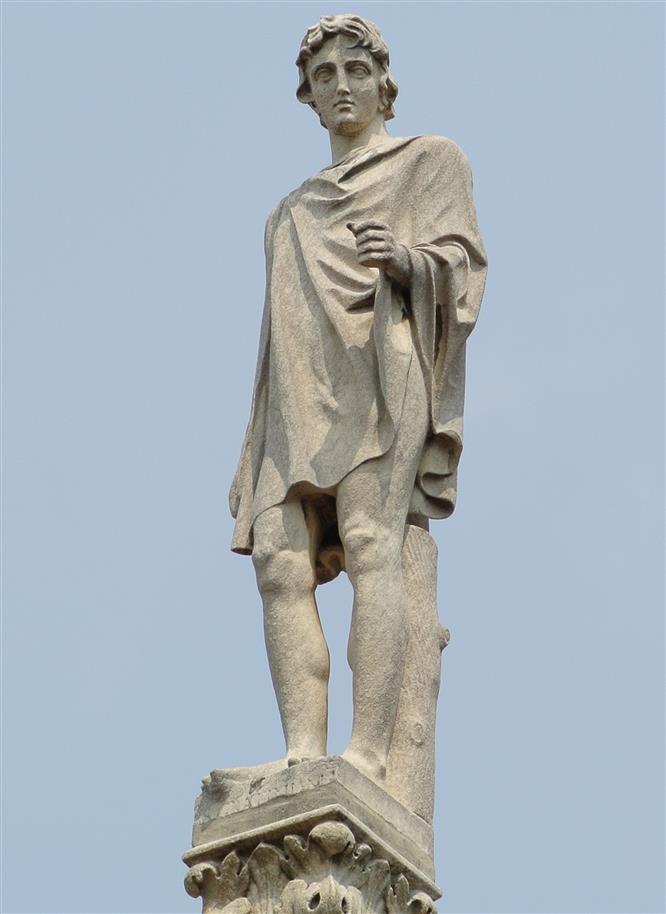
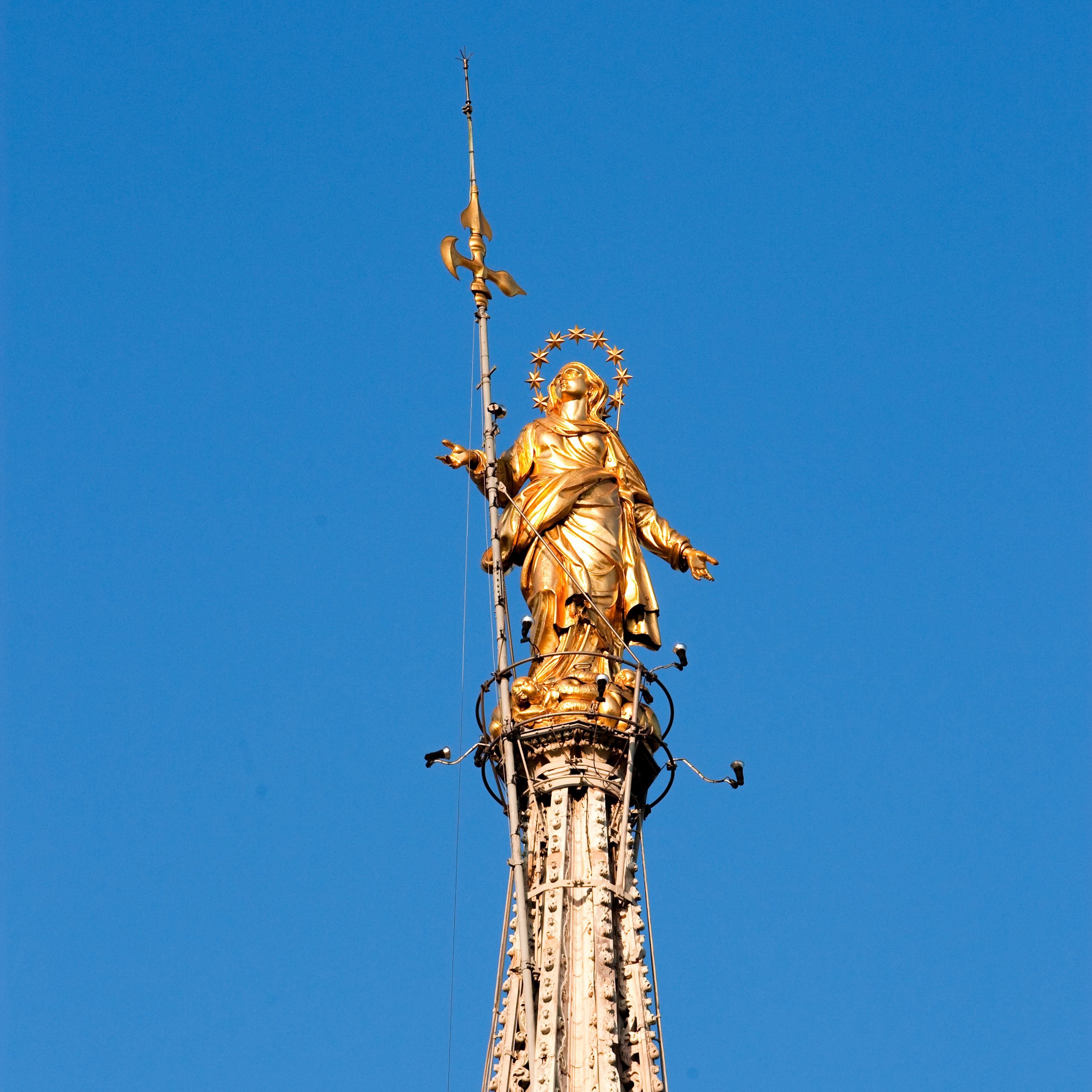
 Tiburio
Tiburio